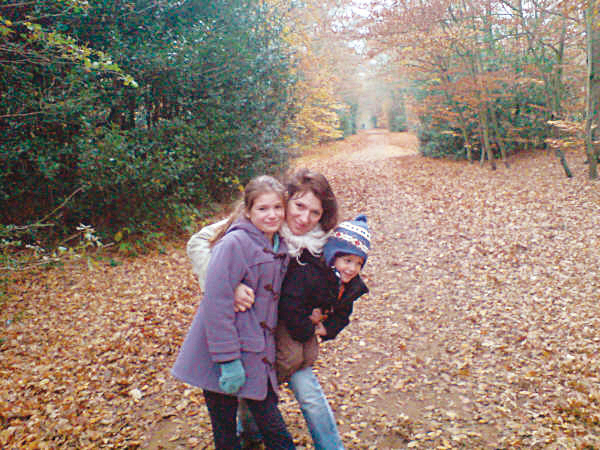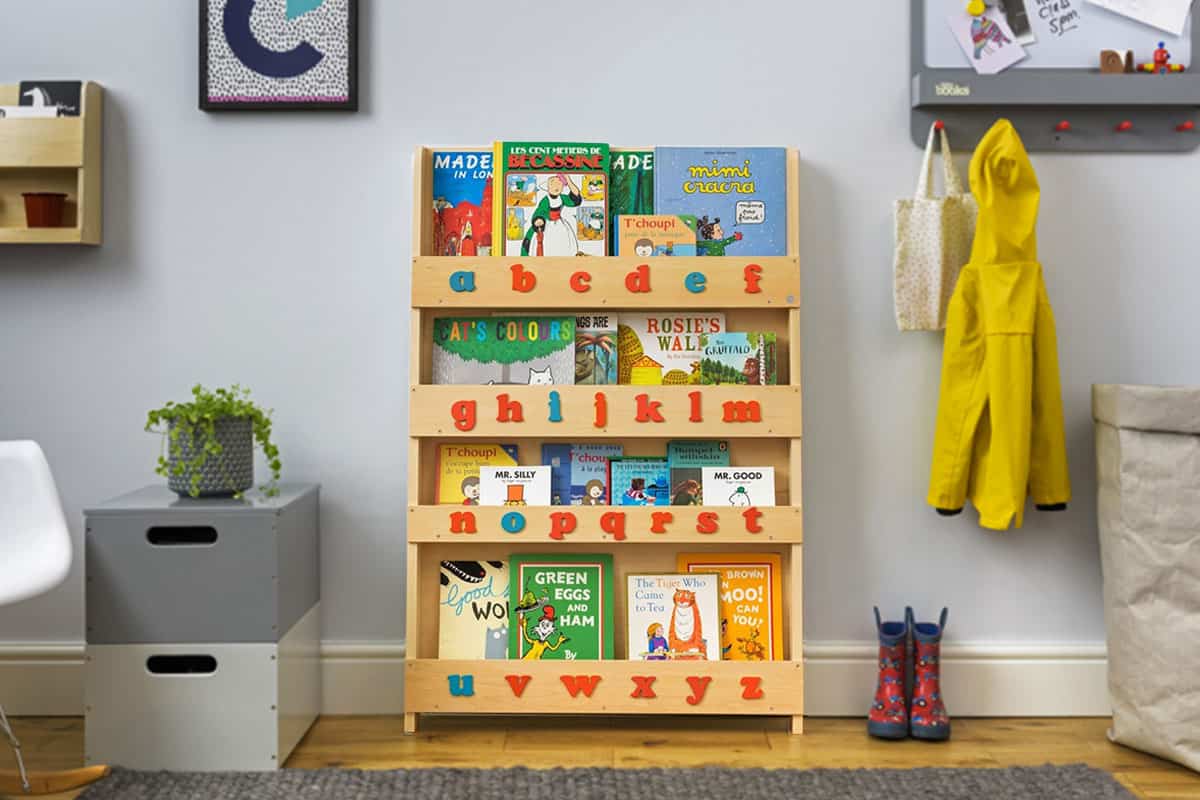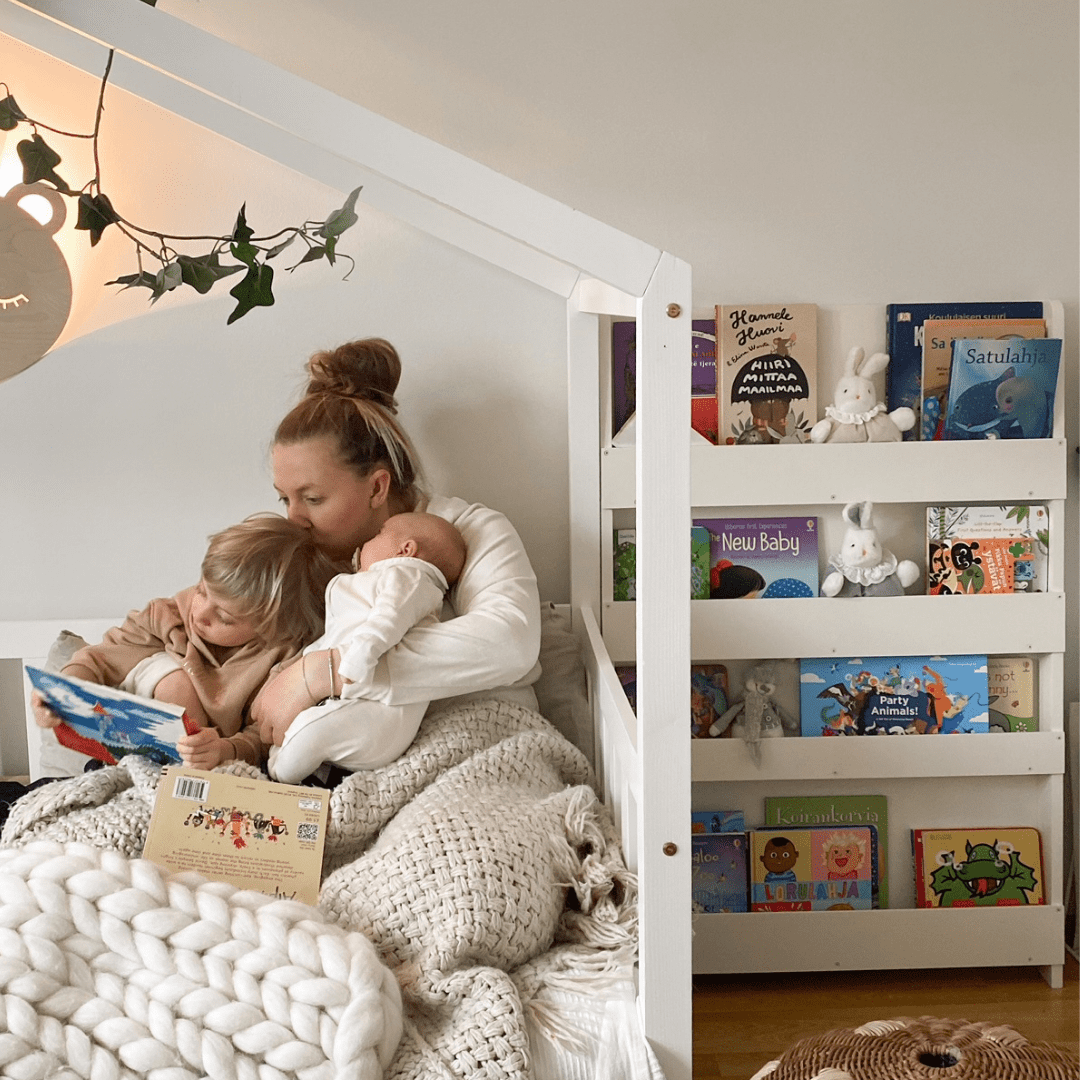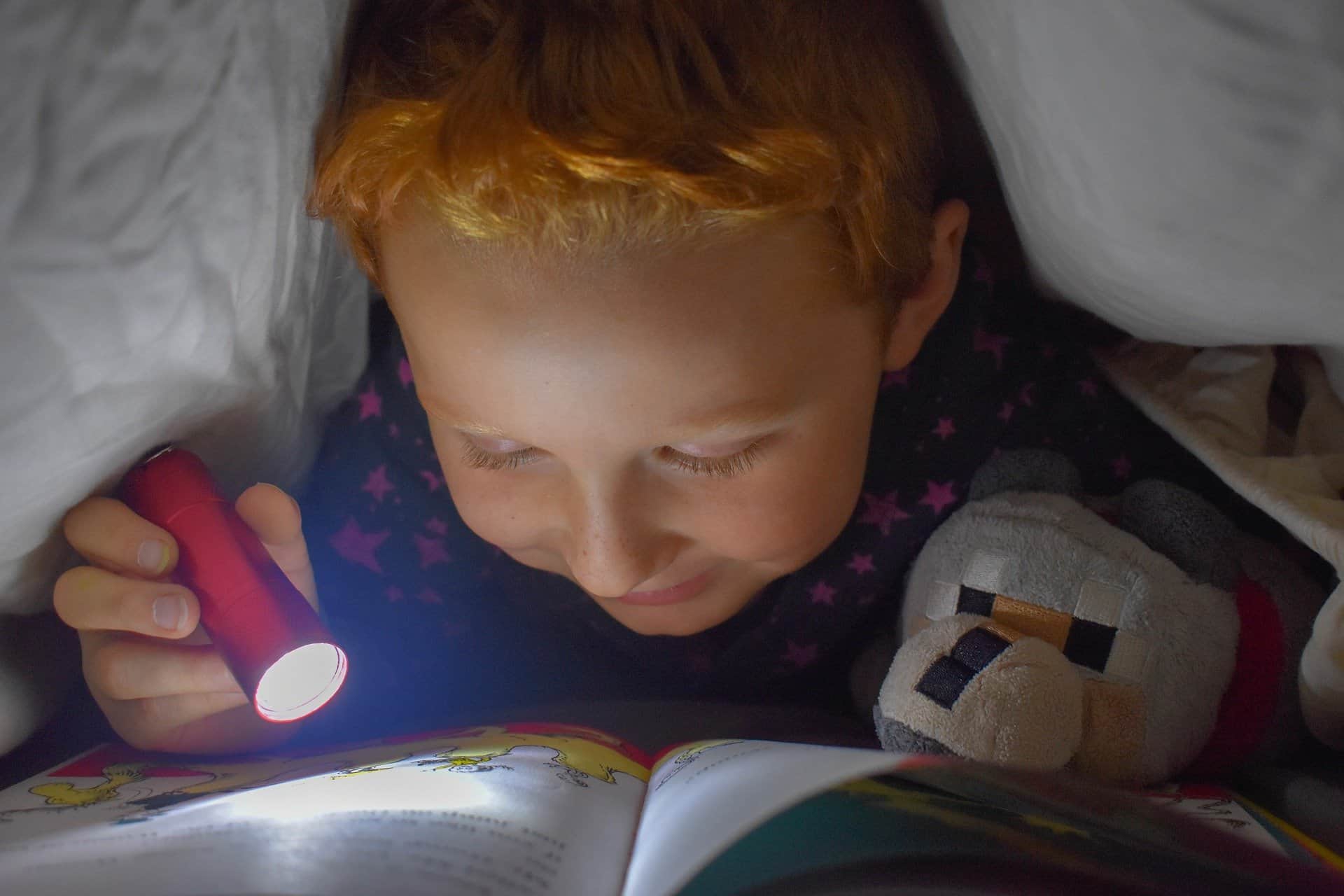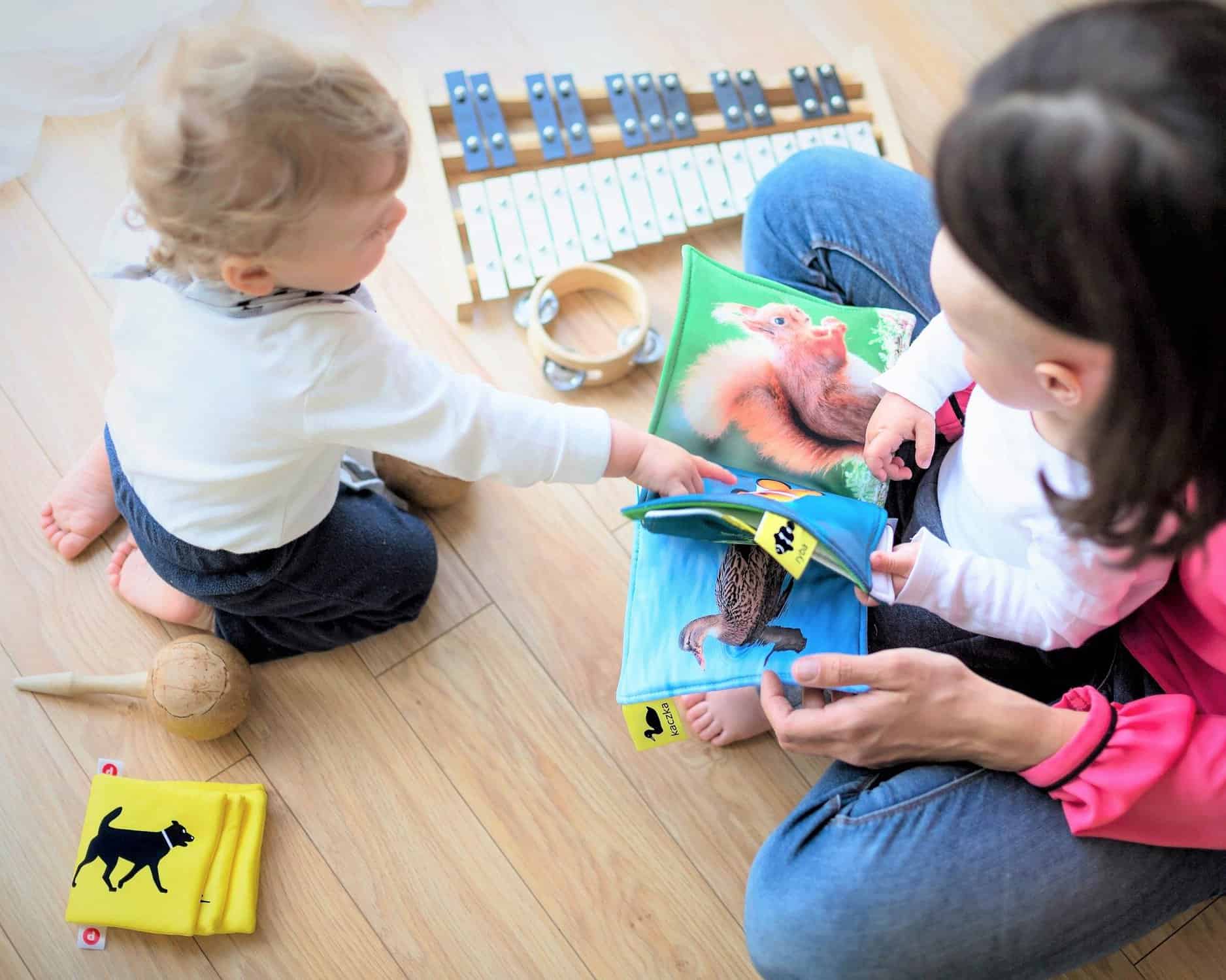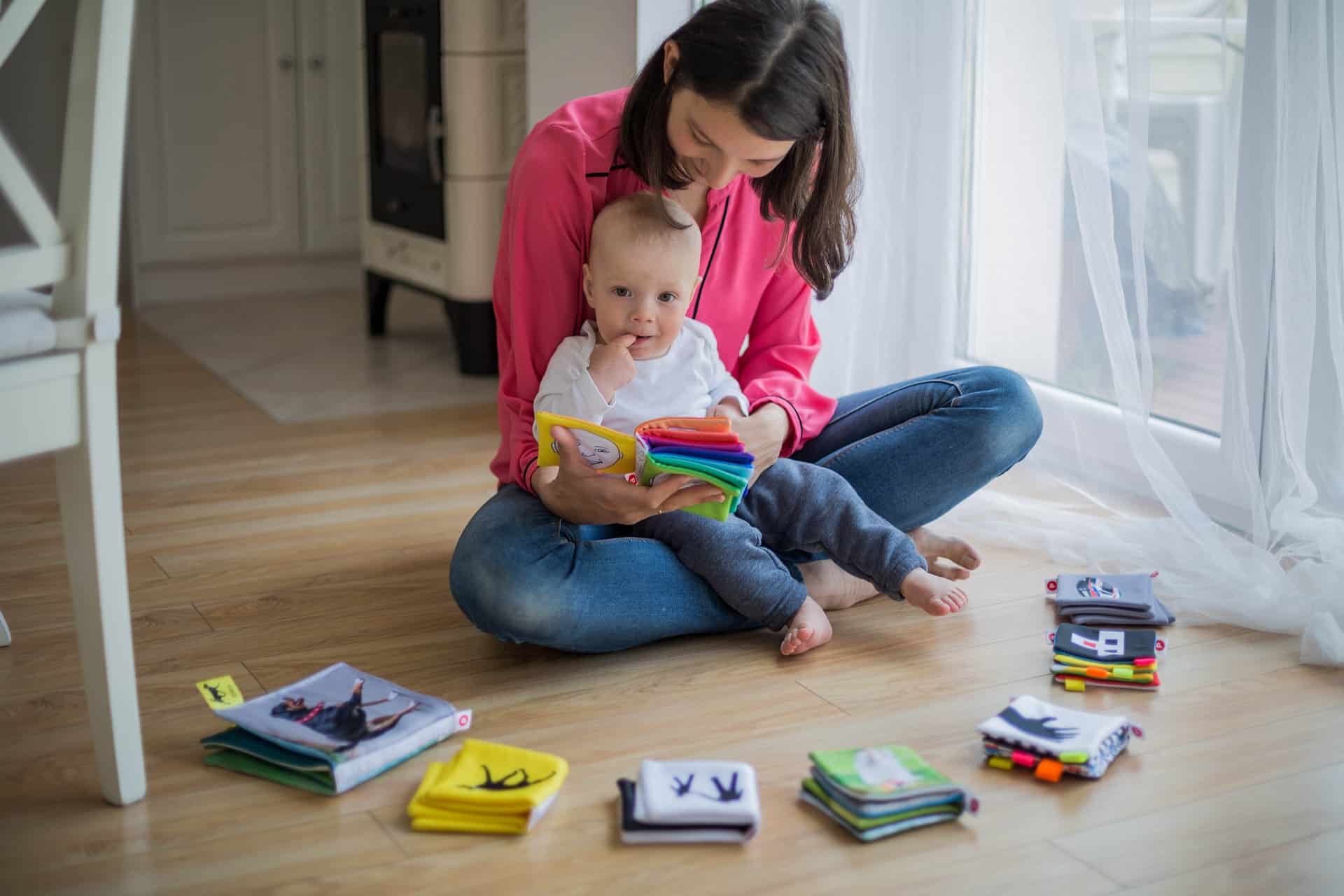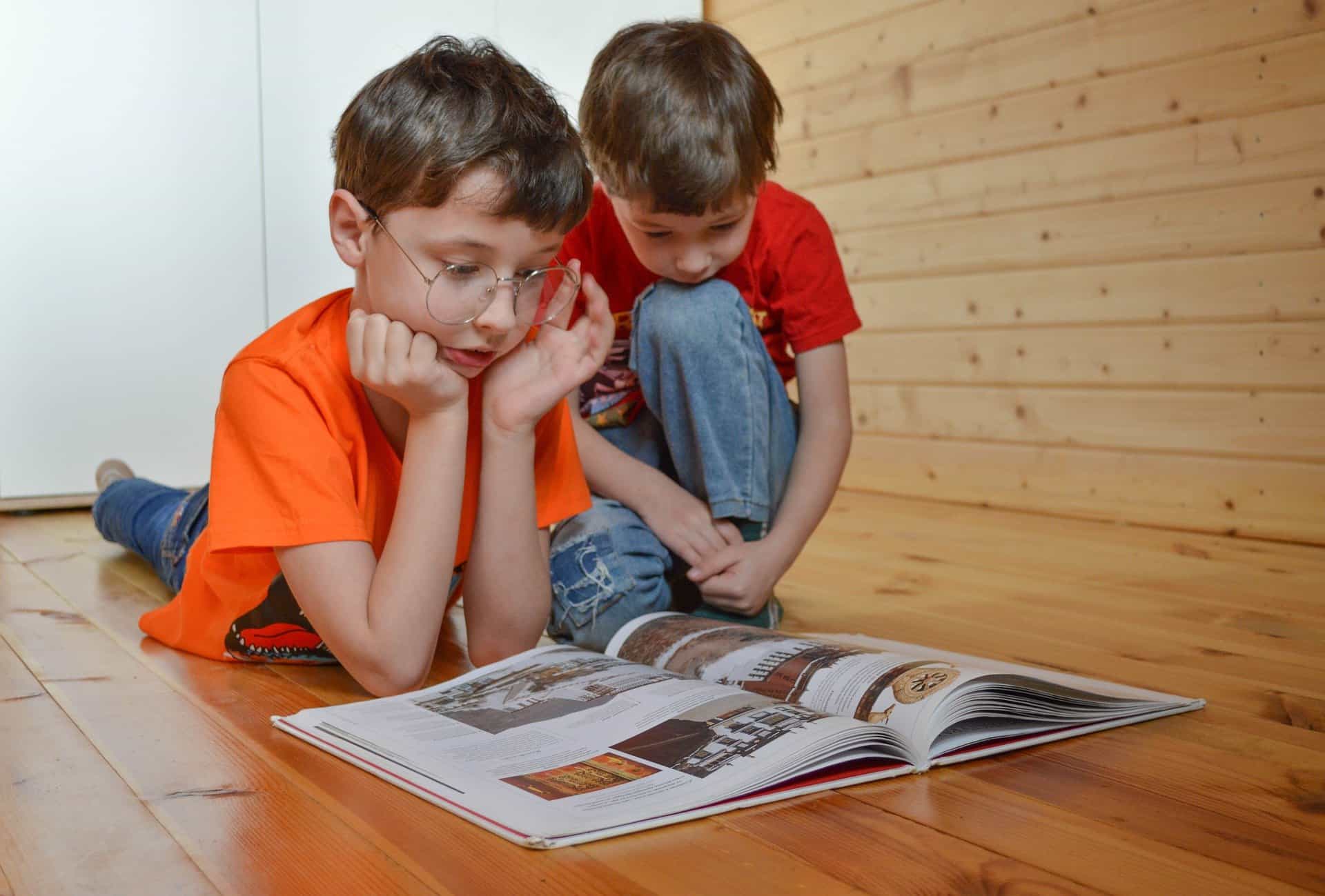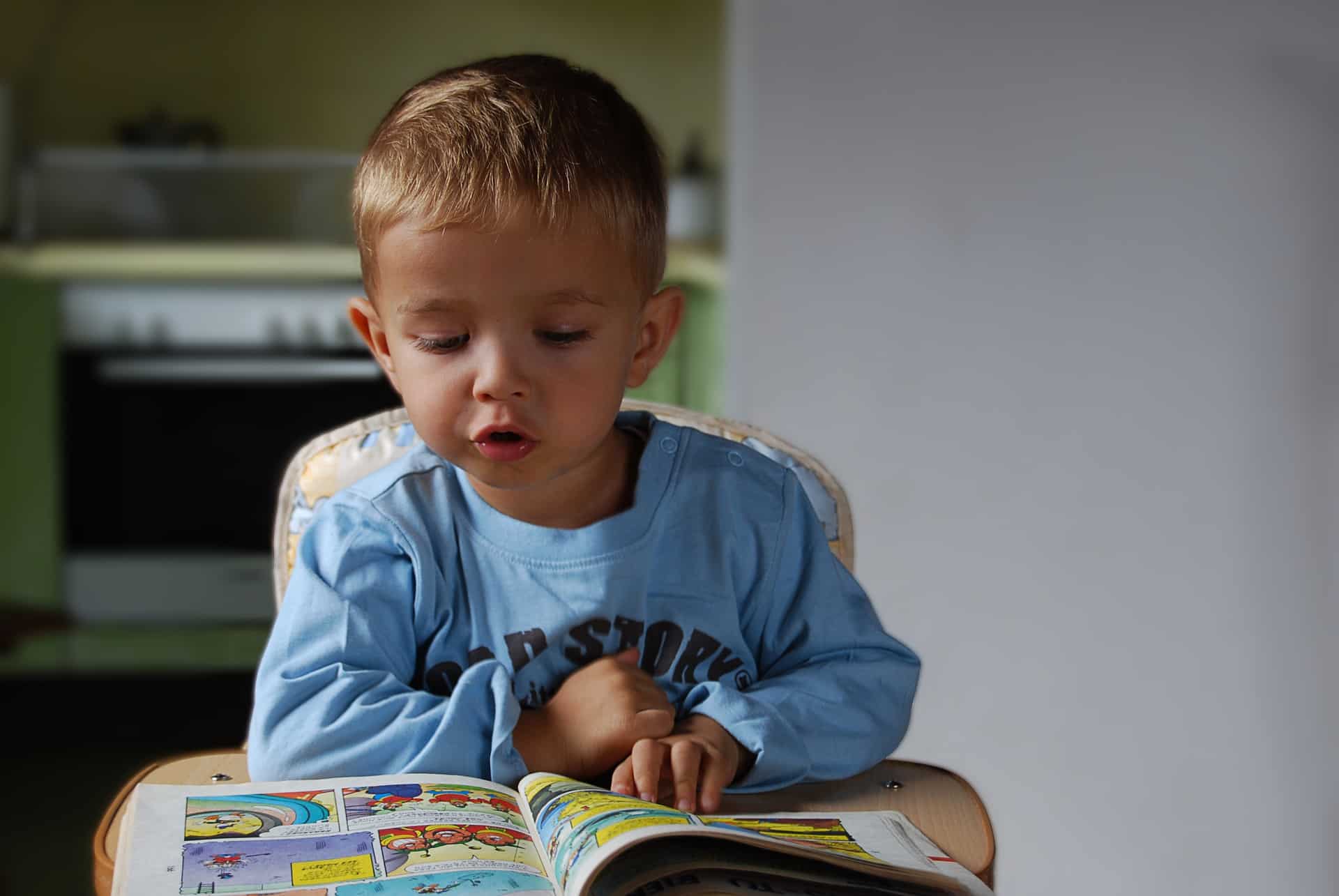When my two children were growing up, I was quite a hands-off parent. My attitude was to let them do their own thing and learn about their environment and I’d be there if they needed me, which was in line with the Montessori approach.
Taking the first steps towards my Montessori approach
My daughter, Adèle, was an early crawler – she was crawling at around six months – and I remember watching her crawl across the living room floor towards the kitchen. Between the two rooms there was a small step down and at first Adèle would stop at the step. Then she would crawl to the step and attempt to go down it before crawling back again. Eventually, as Adèle’s curiosity and confidence grew, she finally crawled down the step into the kitchen.
It was just a small step and I knew it wasn’t dangerous, but of course I stood watching to make sure she was OK. And she was. It was so fascinating to watch Adèle on her journey from the living room to the unchartered territory of the kitchen. I could literally see her mind working out how to get down that step. Interestingly, when other parents brought their children round to the house they all intervened to stop their kids crawling down the step.
As long as my children were safe, I felt it was important to let them explore and find out about the world in their own way. In that respect, I’m aligned to the Montessori method: allowing children the freedom to develop and to learn by ‘doing’ rather than being instructed how to do something.
Using the Montessori method at home
I didn’t give my children a Montessori education, but I like many of the values that are set out in the Montessori education approach. So much so much so that elements of the Montessori method run through my designs.
Take, for example, the Tidy Books bookcase. Its front-facing shelves mean children can easily see their books and so can independently choose the one they want to read. And with the bookcase’s 3D alphabet, kids can play and learn in their own time. All my Tidy Books designs give children their own personal environment to work things out for themselves.
Montessori toddler furniture without the ‘nursery school’ feel
While I design everything with children in mind, I don’t make nursery-style furniture that looks out of place in the home. The beauty of Tidy Books products is that they are also created to blend seamlessly into your living space. So, you can apply a little of the Montessori approach at home. That’s great news for parents who, like me, hate too much clutter. And for your kids, it means opening up their world of independence way beyond their bedroom.

Putting books at a child’s height is part of the Montessori method. Made easy with a Tidy Books Children’s bookcase
In response to customer demand, I recently developed a special Montessori Tidy Books bookcase. It has the classic Tidy Books alphabet, but in Montessori education colours: Blue for the vowels and red for the consonants.
I’d love to know what you do to help your child foster their independence. Are you planning to use the Montessori method at home ? Or do you already practise in using Montessori education methods or Montessori educational toys? Do drop me a line and share your experiences.





